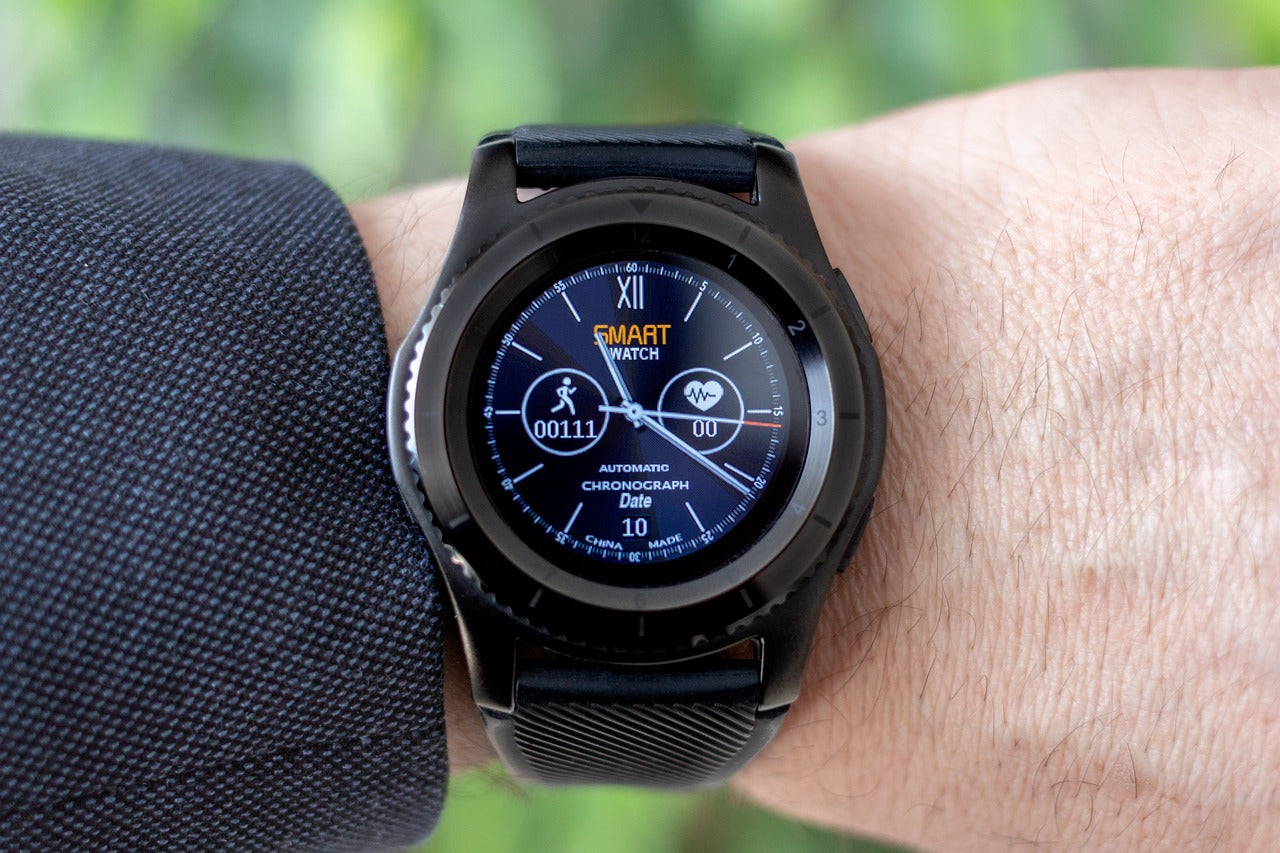Currently recommendations for physical activity1 are expressed in terms of “minutes per week”. But this may be set to change. A recent paper in the prestigious journal JAMA 2024) by Hamaya et al.2 suggests that the emphasis on counting minutes of physical activity may be counterproductive, because many people find it hard to keep track of their exercise in this way. Fortunately, the authors report that the alternative of simply counting steps is as accurate a measure of exercise as minutes, and has the added advantage of being easier for most people to track: just look at the step counter on your wrist or phone!
Given medical researchers’ renewed interest in step counting as a way to help people longer, healthier, lives, a dive into details of step counting may be worthwhile.
To start at the beginning: Counting steps is almost as old as counting itself. Roman armies counted their steps as a way of measuring how far they had marched, but this proved mind numbingly difficult even for battle hardened Roman troops. Eventually the Romans mechanized step counting by inventing the hodometer, a small cart with a gear mechanism that dropped a pebble into a container after traveling a one Roman mile (4,850 feet). As an aside, this explains why the Roman mile is almost the same distance as our own mile (5,280 feet): our word “mile” comes from the Latin phrase milia passuum, meaning “one thousand paces”, an enduring tribute to the indefatigable step counting of the Roman legions.
Centuries later Leonardo Da Vinci personalized the pedometer, but because his design was awkwardly attached at both the waist and the thigh it seems not to have caught on. Our own Thomas Jefferson invented a more user-friendly pedometer which was carried in a vest pocket and activated by a string tied to one’s knee; a better, but still not perfect design. Self-contained pedometers soon followed which were actually just self-winding watches, but in reverse. They counted the up and down movement created by each step by monitoring the movement of a weight inside a pocket watch like device and then presented the analog result: “steps”.
Pedometers remained largely a curiosity for the next 300 years until Dr Iwao Ohya, head of one of Tokyo's biggest medical clinics became concerned about the low levels of physical fitness in Japan in the lead up to the 1964 Tokyo Olympics, and proposed a simple solution: everyone should walk 10,000 steps a day. Likely this proposal would have gone nowhere, but Dr. Ohya made the brilliant move of involving an engineer, Jiro Kato, and after two years of tinkering in 1965 the Manpokei (“ten-thousand step-meter”) was born.

While Japanese invented the idea of counting steps for health, they were a few too many steps ahead of the market for such devices, and while hugely popular in Japan the Manpokei failed to garner much international interest.
The story resumes a few decades later because by 2,000 pedometers had largely transitioned from being mechanical to being electronic devices, capitalizing on the invention of small, inexpensive, reliable, accelerometers. These accelerometers improved the accuracy of step counting while decreasing the cost of the tech. The breakout product was the Fitbit which launched as a clip-on device in 2009. A wrist band (Fitbit Flex) version arrived in 2013, and by 2019 over 100 million Fitbit devices had been sold worldwide. At one point Fitbit was valued at an eye popping $10B. Eventually the Apple Watch arrived, however, and by 2023 commanded 22% of the market, leaving Fitbit just 5% of the market share.
Step counting tech continues to evolve, however. The dedicated hardware approach has been challenged by apps that can use the accelerometers built into every smartphone to do the step counting. And, because many step counting apps are free, this is by far less expensive than buying a dedicated step counting device. Because 90% of Americans already have smartphones, it’s possible that the price advantage of smartphone step counting apps will allow them to displace the Apple Watch, Fitbit and their ilk, just as Google Maps has largely displaced Garmin’s hardware-based approach to navigation. Already it is estimated that step counting apps have been downloaded hundreds of millions of times. Perhaps sensing this shift in the wind, Fitbit offers its own phone-based app. But, because dedicated hardware attached to the body can measure other body functions (e.g. heartrate, oxygen saturation, etc.) it’s safe to say that both dedicated hardware and smartphone apps will compete for some time to come.
All this raises the question: Why all this interest in counting steps, anyway?
We’ve long known that exercise is important for human health. (Interestingly, this is a quirk that seems unique to humans; other primates require little to no exercise to stay healthy. Exactly why this is so isn’t well understood, but that’s a conversation for another day. )
However, the type and the amount of exercise needed for good health has been a long running conversation. Two thousand years ago Hypocrites noted that “Walking is the best medicine”, but many other types of exercise from running to weight lifting to swimming to martial arts to gardening have been championed over time. No clear consensus has emerged, except perhaps that the best type of exercise is the one that is appealing enough to become a regular part of one’s life.
The exact form that exercise takes may matter less than the amount, and fortunately here there is more consensus. Current National Guidelines are that adults get 150 minutes of moderate intensity exercise (such as brisk walking) each week, as well as two days of muscle strengthening activity.3 Keeping a diary of minutes of exercise can be a bit much, however, and so it’s convenient that the authors of JAMA paper found that a step-based metric was equally accurate in predicting overall health as measured by the standard epidemiological metric, all-cause mortality over time.
One quirk of step counting devices is that they record no steps while sitting, because one’s wrists and hands typically move very little so there’s nothing to record. Of course, this is the right answer if one wishes to measure actual steps.
But what if the goal is to measure metabolic activity while sitting?
Seated metabolic work has been regarded as a rounding error to date, because people scarcely move while sitting, putting them at risk for a variety of health problems: poor posture, weakened core, back pain, and ultimately the metabolic syndrome of “sitting disease”.
Unless they are sitting actively, that is. Chairs that allow, and even encourage movement while sitting are available (our company makes several models, and there are several other companies that compete with us), and while sitting actively burns calories just as walking does. The boost in caloric burn amounts to an increase in basal metabolic rate of about 20% - 30%.4
Unfortunately, this sort of activity isn’t captured by current wrist-based devices.
So, we created a phone-based app that records calories burned while actively sitting, and reports the result in the now preferred metric of “steps”. You can think of active sitting as taking steps, but without the walking. If you’d like to know a little more about the FitterSitter app, here’s a short video we made to introduce it:
If you’d like to try it, you can download our FitterSitter app for free here.
1US Physical Activity Guidelines: Current state, impact and future directions2Time- vs Step-Based Physical Activity Metrics for Health
3The Physical Activity Guidelines for Americans
4Cardiovascular and metabolic responses of active sitting while performing work-related tasks





Leave a comment
All comments are moderated before being published.
This site is protected by hCaptcha and the hCaptcha Privacy Policy and Terms of Service apply.